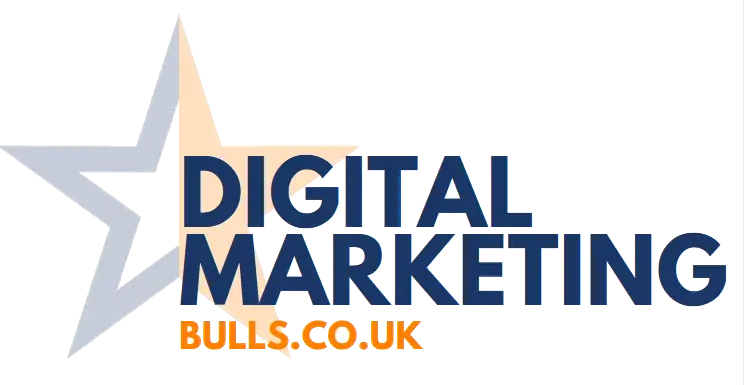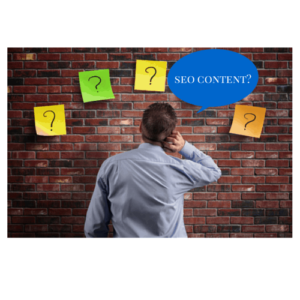| How to write engaging SEO content For many people, SEO can be overwhelming unless you have the right team, budget and knowledge on the topic, which is why so many businesses often chose to have the experts do this for them. Suppose you have an incredible online store but don’t know where to start with SEO. In that case, the best option to get value for your money is to hire an ecommerce SEO agency to tackle the hard work for you so you can spend your time focusing on aspects of the business you are confident in.
If you are starting to write SEO content for your business (or someone else’s), it can seem overwhelming knowing where to start and the best practices to rank the highest in searches, and how to utilise keywords to your advantage in such a competitive industry. What is SEO, and how do businesses use it?SEO is a process in which you write and publish content around topics fitting to your business to rank higher (preferably on the first page) of a search engine; that search engine is most likely to be Google! By using SEO for your business, you are allowing these search engines to analyse what the page is about so they can determine if your pages are suitable for users searching on the web. The more relevant your content is, the higher a search engine will rank your page.
How do you write relevant content for SEO? One of the first steps you should take when it comes to writing a new piece for SEO is to think about the audience. This is called search intent – ask yourself, ‘If I wanted to know more about this topic, what would I search for in Google?’ There are 4 types of search intent:
● Navigational, which is when a user searches for a specific website. ● Commercial, when a user wants to conduct research about a product or service. ● Transactional, is when the user searches for a specific product or service ● Informational, when the user needs information on a topic Use these search intents when creating your content for SEO if you are writing content that people need and want to read and you provide them value whilst using your keywords, you will likely rank higher. Google and other search engines will rank higher if the content is helpful and understandable. A way to do this is to create a customer persona, anticipate problems that they may have and then you can create content that offers a solution. How do I optimise content for Google? Keywords! Search engines use your keywords to understand the content on your page. The more relevant your keywords are to your content, the easier it is for the search engine and the higher you will rank!
When a user searches on Google, your keywords will be the defining factor of whether your page ranks higher in the results they are shown. If you use relevant keywords in your content, Google (and other search engines) will pick up on these and know that your content is appropriate for those specific users.
You will need to choose a primary keyword, this is the keyword you use to optimise your content. You can use this keyword throughout your page as the main focus. It will benefit you to have more than one keyword on the page – although not too many, as google will think your page is spam! We suggest 3 keywords per SEO content for the best optimisation and ranking!
Using keywords will ultimately help you to increase organic traffic to your site and as a result of that traffics, help you to grow your ordinance.
You will also need to create well-optimised headlines and descriptions for your content, this is important if you wish to rank higher and get clicks on your page.
A title tag is the HTML code used for the title of your page on a search engine, you should always include your primary keyword in this title tag as this is a ranking factor. Page titles are also important as that is the key thing users will look at and use to determine if they want to click on your page or keep scrolling. You should keep your title tags short and specific, however try to make them slightly unique to other title tags on the google results page. It needs to communicate to the user exactly what they will find on your page when they click.
A Meta description will appear on the search engine results page under your title tag. These descriptions are also important, as these will provide that further value to users before clicking. You want to provide them with an understanding of the topic or your business, so they want to find out more. Whilst the Meta description isn’t as important for ranking, you should still include your keywords, this will show the users that the page covers topics they are looking for. Keep your Mets description brief, however informative, and try to include a call-to-action. This may compel the user to click on your page!
Finally, optimise the page with internal links. Internal links will help people navigate from one page on your site to another. When writing your content, add a link to a product you offer that may help the reader. Leading users to other valuable content will help create conversions for your business.
How do I write engaging content? Following a structure in your writing will provide a satisfying and easy read. Here are some tips to follow for building a strong content structure:
● Use headings, this will allow users to find content on the page that is most relevant to what they are looking to read. ● If you are coving multiple points, follow the rule of writing about one point per paragraph, this will make the content flow without confusing your reader. ● Use bullet points or a numbered list for easy reading and understanding (like I’m doing now) ● Ensure you are answering users questions within the piece, great writing is amazing however if you do not provide the value they need, they will click off and not return. ● Use bold font and italics to add character to your piece and highlight key areas that readers should concentrate on!
When you are writing, ensure you write in an order that makes sense, do not talk about topics at the top of the page and then discuss those in more detail at the bottom. The piece needs to be seamless and each paragraph should flow together.
You could also create a table of contents for your piece if it’s on the longer side and you think this will provide an easier and more digestible reading experience for users.
Adding visuals
If you have a topic that is difficult to explain, try using imagery. Visual content is often more digestible and will break up long paragraphs of complex text. The better your content is, the more shareable it will be, including graphics and images in your SEO can help to keep readers engaged.
Another benefit of utilising visual content is ranking. If you have these in your piece, you can rank in the image and video section of search engines. However, only use visual content where necessary, do not include them for the sake of it. You want users to take notice of them, not scroll straight past them!
Remember: If you are using visuals, always add alt tags!
So to conclude, remember to optimize with keywords and internal links, ensure your reader leaves the page satisfied by the value you have provided them, add visuals if and where necessary, and ensure your content flows. Now you should have a basic understanding of SEO, you can go and get writing! |

